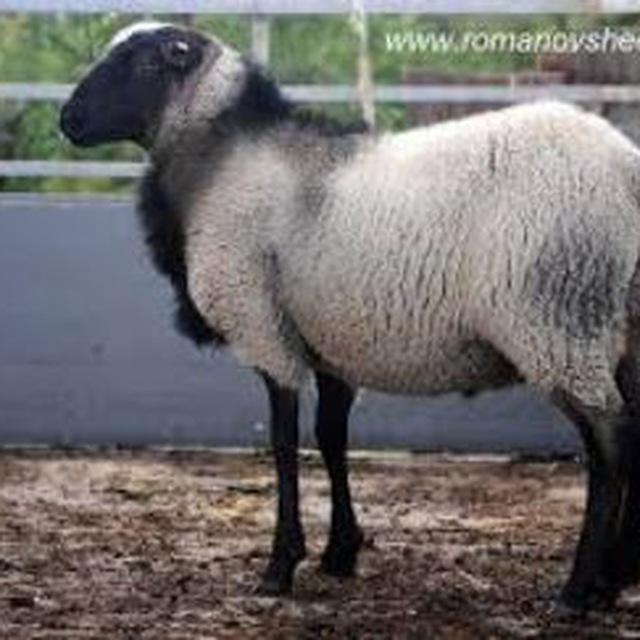Viral and contagious disease ecthyma
Ecthyma disease is a contagious viral disease known by other names such as contagious pustular dermatitis, contagious pustular stomatitis, infectious dermatitis of the lips, sore mouth, scabbed tongue and orf. This disease is common between humans and animals, and humans may be infected by contact with infected animals. Contagious ecthyma is a type of viral skin disease that is highly contagious and is a zoonosis that affects sheep, goats and some domestic and wild animals. In this disease, wounds are created, mostly in the skin around the mouth and sometimes on the breast and above the hoof and other parts of the body. The skin in the mouth and swollen muscles cause the animal to lose appetite and stay hungry, and damage to the breast causes young animals to leave the mother, and poison causes temporary lameness. In infected animals, scabs form on the wounds, which can spread and turn into wart-like wounds. Sometimes, dead tissue may appear in the oral mucosa and these wounds may spread to the esophagus. In rare cases following secondary bacterial infections, the lesions may spread to the internal organs. The disease is more common in small lambs and is also very common in Iran. And it is common in all countries where sheep and goat breeding is common. Although contagious ecthyma usually resolves by itself and its mortality rate is low, its lethality has been reported up to 10%.
Cause of disease
Contagious ecthyma is caused by the ORF virus, which is a member of the Parapoxvirus genus of the Viridae family.
Ways of disease transmission
Arf virus, which is present in skin lesions and scabs, appears to enter the skin through scratches and cuts. In addition to sick sheep, this virus can also be seen in clinically healthy sheep. It can be transmitted through direct contact or through fomites, objects that collect and transmit microbial and viral pathogens (such as clothes, bedding, cloth, etc.). Arf virus survives in wool and skin for approximately one month after healing of lesions. This virus is very resistant to inactivation in the environment and it was isolated from the dried cobras of the wound after 12 years.
Disease diagnosis
The disease can be diagnosed by observing wart-like wounds around the mouth and snout of the animal. But by using an electronic microscope, by identifying the components of the virus, it is possible to confirm the diagnosis.
treatment
Considering that the cause of this disease is a virus, there is no treatment for it. But in order to prevent secondary infections, antibiotics can be used and lambs or goats that cannot feed due to the severity of the injuries can be milked using a stomach tube. Sheep and goats were prevented and in herds where goats were injected with smallpox vaccine, the disease was not seen in goats. On the other hand, washing the blisters with vinegar and salt solution is an experimental treatment that reduces the progress and severity of the disease.
Disease prevention
Due to the long life of the virus in places and skins removed from wounds, staying away from infected places and pastures, cleaning and disinfecting places before the entry of healthy herds into such places, keeping healthy herds away from infected herds, and observing health regulations They are of special importance in disease prevention.
Disinfectants:
The best disinfectants for poxviruses are detergents, hypochlorite, vircon alkali and glutarachdeide.
This post is written by hosseinidirector
